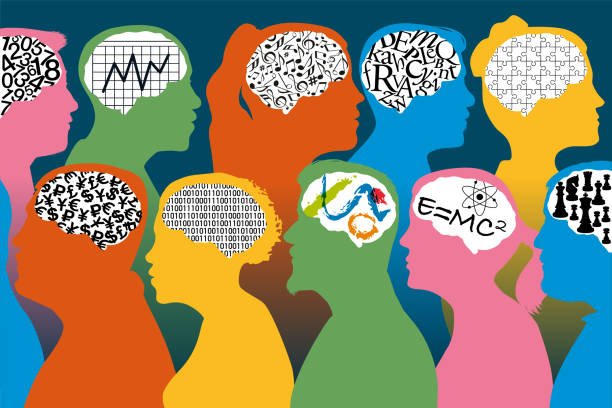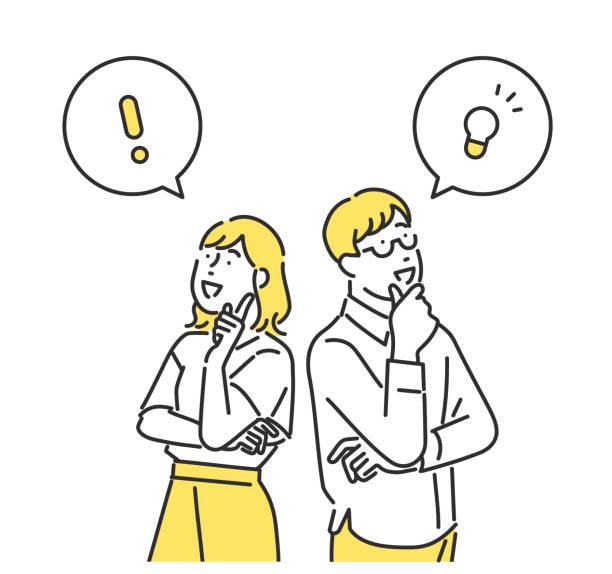Creative Thinking in the Work Place : Notes, Common Exam Questions and Answers Guide, Online Quizzes and Activities for Business Studies Grade 12 Revision Studies, from Creative Thinking section. This content is under Term 1 as per the CAPS Curriculum.
On this page, grade 12 students learn and study for revision using REAL EXAM questions based on Creative Thinking in the Work Place topic, using activities and engaging quizzes. Every South African grade 12 learner who wants to pass Business Studies subject with a distinction, needs to go through the valuable study resources on this page.
Creative Thinking in the Work Place Business Studies Grade 12
Advantages of Creative Thinking in Business and Workplace
Creative thinking is an important skill that can bring many advantages to businesses and workplaces. Here are some of the key advantages of creative thinking:
- Innovation: Creative thinking can lead to new ideas, products, and services that can drive innovation and set businesses apart from their competitors. This can lead to increased revenue, market share, and brand recognition.
- Problem-solving: Creative thinking can help businesses to approach problems in new and innovative ways, leading to effective solutions that may not have been apparent through traditional thinking methods.
- Adaptability: Creative thinking can help businesses to adapt to changing circumstances and to stay ahead of market trends. It allows businesses to be more flexible, agile, and responsive to shifting market conditions.
- Employee engagement: Encouraging creative thinking in the workplace can boost employee engagement and satisfaction, as it allows employees to feel empowered to contribute their own unique ideas and perspectives.
- Collaboration: Creative thinking can encourage collaboration and teamwork, as it involves working together to generate new ideas and approaches. This can lead to more effective problem-solving and a stronger sense of unity among team members.
- Resilience: Creative thinking can help businesses to bounce back from setbacks and challenges, as it fosters a mindset of resilience and adaptability.
Creative thinking is a valuable skill that can bring many advantages to businesses and workplaces. By encouraging and cultivating creative thinking, businesses can foster innovation, adaptability, employee engagement, collaboration, and resilience, all of which can contribute to long-term success and growth.
Example of Creative Thinking in the Workplace
Sipho is a marketing manager at a telecommunications company. The company has been struggling to keep up with the competition in the market and is experiencing declining revenue. Sipho knew that something needed to be done to turn things around. He decided to apply creative thinking to the problem.
First, he analyzed the current market trends and identified a gap in the market for a mobile app that could provide customers with a more personalized and interactive experience. Sipho then brainstormed with his team to come up with ideas for the app and how it could be developed.
After some research and analysis, Sipho and his team developed a new mobile app that allowed customers to easily access their accounts, view their data usage, and purchase additional services. The app also included a chatbot feature that allowed customers to ask questions and get support in real-time.
The new app was a hit with customers and helped to boost the company’s revenue. Sipho’s creative thinking had paid off, and the company was now able to compete more effectively in the market.
Questions and Answers:
- Who is Sipho? = Sipho is a marketing manager at a telecommunications company.
- What problem was the company facing? = The company was experiencing declining revenue and struggling to keep up with the competition in the market.
- What did Sipho do to address the problem? = Sipho applied creative thinking to the problem by identifying a gap in the market for a mobile app that could provide customers with a more personalized and interactive experience.
- What was the result of Sipho’s creative thinking? = Sipho’s team developed a new mobile app that allowed customers to easily access their accounts, view their data usage, and purchase additional services. The app was a hit with customers and helped to boost the company’s revenue.
- What are the advantages of applying creative thinking in the workplace? = Applying creative thinking in the workplace can lead to innovation, problem-solving, adaptability, employee engagement, collaboration, and resilience, all of which can contribute to long-term success and growth.
Barriers to Creative Thinking
Creative thinking can be a powerful tool for problem-solving and innovation in the workplace, but there are also several barriers that can hinder the creative process. Here are some of the main barriers to creative thinking:
- Fear of failure: One of the biggest barriers to creative thinking is the fear of failure. When people are afraid of making mistakes or being criticized for their ideas, they may be hesitant to take risks or try new things.
- Lack of time: Creative thinking requires time and space to explore new ideas and perspectives. When people are overworked or under tight deadlines, they may not have the time or energy to engage in creative thinking.
- Lack of resources: A lack of resources, such as funding, technology, or personnel, can also be a barrier to creative thinking. When people feel constrained by limited resources, they may be less likely to explore new ideas or take risks.
- Narrow-mindedness: Some people may be closed-minded and resistant to new ideas, which can be a significant barrier to creative thinking. When people are not open to different perspectives or ways of doing things, it can be difficult to generate new and innovative ideas.
- Groupthink: Groupthink occurs when people conform to the opinions and ideas of the group, rather than exploring new and diverse perspectives. This can limit creative thinking and lead to stagnation and conformity.
- Lack of training or support: Finally, a lack of training or support for creative thinking can also be a significant barrier. When people do not have the skills or tools to engage in creative thinking, they may be less likely to explore new ideas and approaches.
Overall, these barriers can be significant obstacles to creative thinking in the workplace. By identifying and addressing these barriers, individuals and organizations can create a more supportive and open environment for creative thinking to thrive.
How to Create an Environment that Promotes Creative Thinking in the Workplace
Creating an environment that promotes creative thinking in the workplace is important for innovation, problem-solving, and growth. Here are some strategies for fostering creativity in the workplace, along with examples of how they can be implemented:
- Encourage brainstorming: Encourage employees to share their ideas freely and without fear of criticism. Brainstorming sessions can be organized to gather ideas and encourage collaboration. For example, a weekly meeting can be held where employees can share their ideas and brainstorm together.
- Provide training and development opportunities: Provide employees with training and development opportunities that focus on creative thinking, such as workshops or courses on design thinking, problem-solving, or creativity. For example, a company can offer a training session on design thinking to help employees approach problems in new and innovative ways.
- Foster a positive work culture: Create a positive work culture that values creativity and innovation. Recognize and reward employees who come up with creative solutions to problems. For example, a company can offer a reward or recognition program for employees who come up with innovative ideas that lead to positive outcomes.
- Embrace diversity: Embrace diversity in the workplace, including diversity of backgrounds, perspectives, and ideas. This can help to bring in new and unique perspectives, which can lead to innovative ideas. For example, a company can recruit and hire employees from diverse backgrounds and cultures.
- Allow for experimentation and risk-taking: Encourage employees to experiment and take risks by creating a safe environment where failure is seen as a learning opportunity rather than a mistake. For example, a company can allow employees to work on passion projects or give them time to explore new ideas without fear of failure.
- Provide the right tools and resources: Provide employees with the tools and resources they need to be creative, such as access to technology, funding, or mentorship. For example, a company can provide employees with access to a makerspace or innovation lab where they can experiment with new technologies and ideas.
By implementing these strategies, businesses can create an environment that promotes creative thinking and fosters innovation in the workplace.






